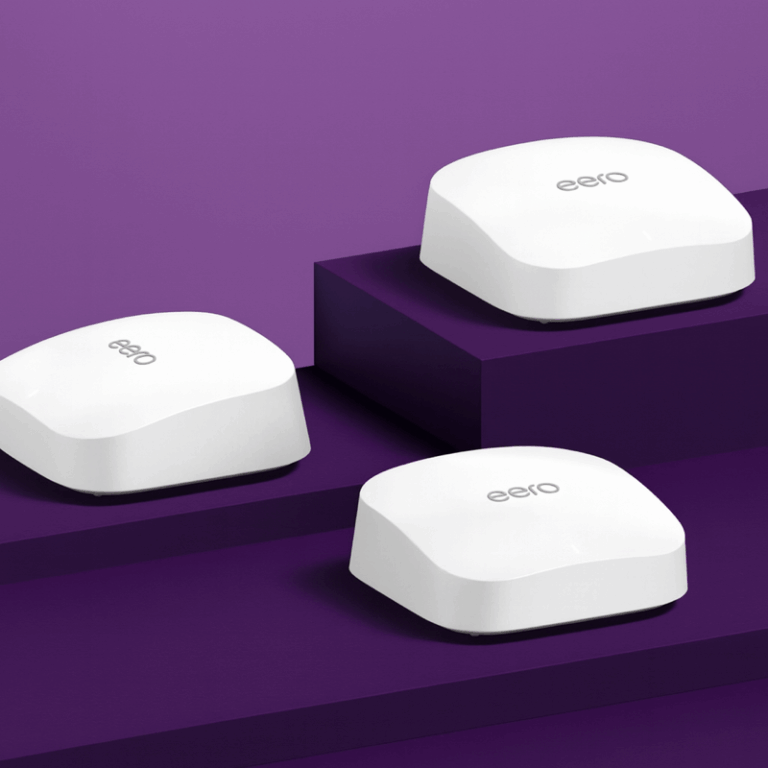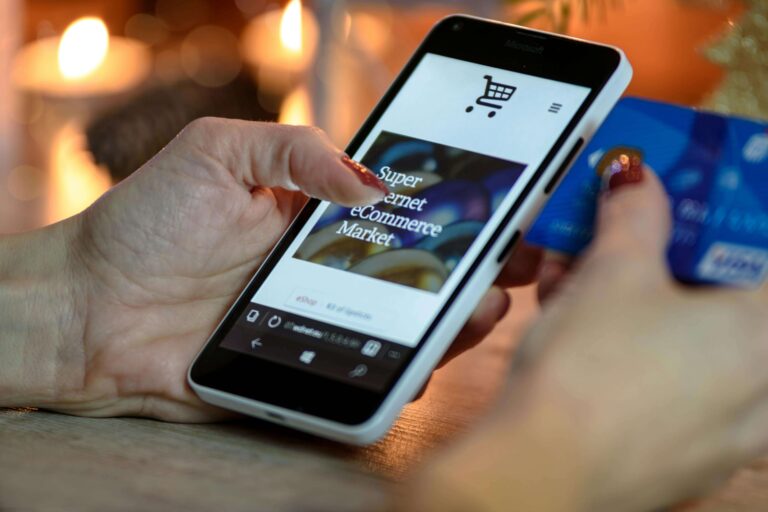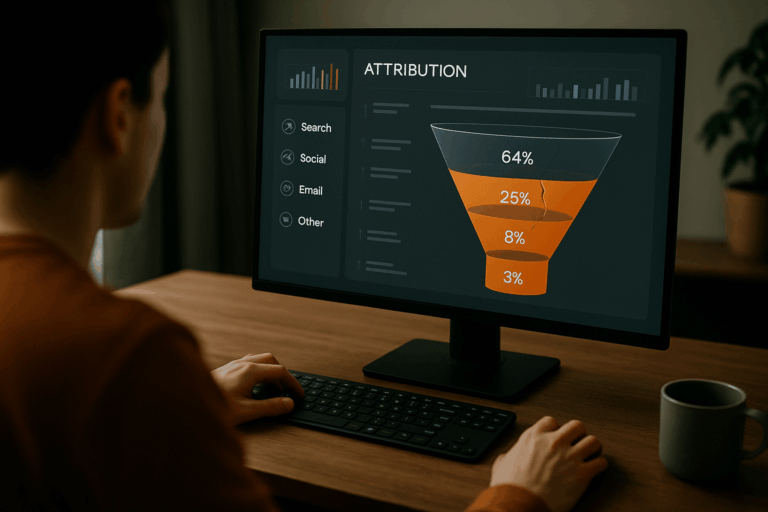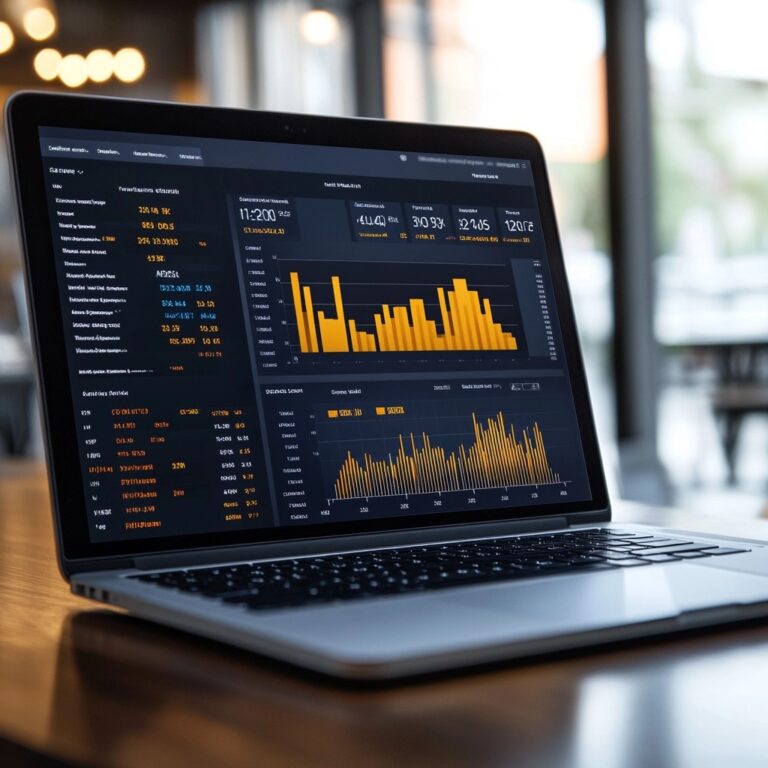Why Measurement Software Alone Can’t Keep Up with Today’s Omnichannel Brands

Omnichannel isn’t a buzzword. It’s your business. Today’s brands are operating across digital, retail, Amazon, streaming, social, and emerging platforms all while under pressure to justify every dollar spent.
But here’s the reality: most measurement software wasn’t built for this level of complexity.
It’s not that platforms aren’t useful. They are. But alone, they rarely provide the context, customization, or clarity required to move fast, and with confidence.
If your team is making high-stakes decisions with partial visibility, you’re not just under-informed. You’re at risk of falling behind.
The Platform Gap: When Good Tools Fall Short
Measurement tools are often positioned as the answer to marketing’s murkiest questions. In practice, they often just surface more questions:
- Why is Meta saying one thing and GA another?
- Why did ROAS drop even though conversion volume is steady?
- What happens if we shift budget from paid search to retail media?
For brands working across multiple channels and teams, platforms struggle to deliver on a few key fronts:
Rigid models: Most software tools apply the same framework to every brand. This works for benchmarks, but not for brand-specific nuance.
Channel bias: Click-based attribution undervalues upper-funnel, brand-building efforts that are essential in retail or CTV environments.
Resource assumptions: Many platforms assume internal teams have the technical depth to interpret results and the operational capacity to act on them.
Offline blind spots: For brands with retail presence or offline influence (e.g., direct mail, events), measurement often gets fuzzy or ignored entirely.
The result? Smart teams are still struggling to connect the dots between insight and action.
Is Your Measurement Holding You Back?
You may need more than a dashboard if:
- Platform metrics conflict (Meta vs GA? Been there.)
- You’re unsure how to attribute ROI across online and retail
- ROAS looks fine, but profit isn’t moving
- Upper-funnel and offline channels are underrepresented
- Your team spends more time reporting than re-allocating
If that sounds familiar, you’re not alone, and you’re not failing. You’re just using the wrong tools for a more complex game.
Why Omnichannel Brands Are Re-Evaluating Their Measurement Approach
As media ecosystems evolve, measurement must evolve too. Today’s most common challenges aren’t about “which tool is better,” but:
- How do we connect performance across online and offline?
- How do we ensure our measurement reflects business outcomes, not just platform metrics?
- How do we take action on insights when bandwidth is tight and media is moving fast?
These questions can’t be answered with a dashboard alone. They require cross-functional alignment, custom strategy, and a partner that understands how to connect data to decision.
Measurement Isn’t the Finish Line, It’s the Starting Point
For many brands, the biggest unlock isn’t more data. It’s making that data meaningful.
Measurement platforms often stop at reporting: showing you what happened and—maybe—why. But they rarely guide next steps. Should you reallocate budget? Test a new channel? Adjust your creative mix?
Those decisions still fall on internal teams, often without the strategic or operational support to follow through.
That’s where a more integrated approach makes the difference. Marketing performance consulting is not about replacing software. It’s about augmenting it, filling the strategic and operational gaps that platforms can’t reach.
What Brands Actually Need From Their Measurement Partner
Through hundreds of conversations with mid-market and enterprise brands, a few themes consistently emerge. What teams are really asking for is:
Clarity amid complexity: A way to unify fragmented data and see the whole picture, not just isolated metrics.
Tailored insight: Context-aware recommendations that reflect your business model, audience behavior, and channel mix not just what the algorithm prefers.
Support in activation: Turning measurement into action requires collaboration, scenario planning, and sometimes a translator between marketing and finance.
In other words, brands don’t just need a tool. They need a partner that understands the landscape, asks the right questions, and helps them move forward with confidence.
“I’ve worked with top measurement platforms, and I’ve seen firsthand how often they leave teams stuck in analysis without action. The reality is, software can’t see the full picture. It can’t ask the hard questions, navigate offline nuance, or guide strategic pivots. That’s where fusepoint steps in. We help brands cut through noise, interpret the data in context, and move with confidence.” — Mallory Wilberding, Director of Sales, fusepoint
Moving Forward
The strongest brands aren’t the ones with the most data. They’re the ones that know what to do with it. If your measurement strategy isn’t keeping pace with your growth strategy, it’s time to rethink your approach.
Our Editorial Standards
Reviewed for Accuracy
Every piece is fact-checked for precision.
Up-to-Date Research
We reflect the latest trends and insights.
Credible References
Backed by trusted industry sources.
Actionable & Insight-Driven
Strategic takeaways for real results.























